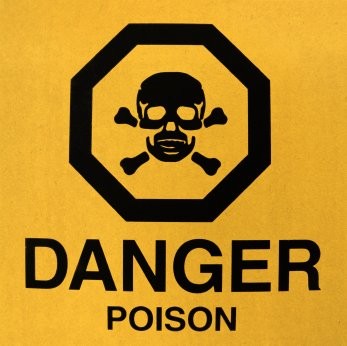
1. Check for any dangers. The last thing you want to happen in a rescue scene with poison contaminants is for you to end up being poisoned or negatively affected in any way. Just remember, harmful toxins do not have to be eaten as they can be inhaled, absorbed and / or injected. When you enter a scene when treating for harmful toxins volunteers should always examine the scene for whatever that may harm them. If the scene is hazardous volunteers are taught not to ever approach and to make contact with 911 immediately.
2. Contact Poison Control. If you are suspicious toxic elements have been incorporated in the rescue scenario you should contact poison control (1-800-567-8911). The poison control telephone number isn’t as easy and quick to remember as 9-1-1 (EMS). If you forget you could contact emergency medical services with the standard 911 number.
3. Relax the affected person. Whenever an individual happens to be poisoned the dangerous chemical substance will travel within the sufferer producing probable serious damages throughout. In order to limit the degree of havoc or to impede the poison request the sufferer to keep calm and slow down. Any time a patient remains active it will help circulate the poisons. When you reduce the activity the venom is slowed up. When treating poisoned patients every second matters so rescuers should try to slow the patient down as soon as possible.
4. Read the content label. Nearly all potentially poisonous products that are present within the home include information on them in the event somebody has inhaled, absorbed, or swallowed them. Check the directions and stick to the recommendations as carefully as you possibly can. Countless first aid attendants assume they must induce vomiting promptly or work to draw the venom out of the infected location (if it’s a bite). Vomiting is not necessarily the ideal treatment as it could result in more problems with the person’s respiratory tract and sucking the poisons is a “Hollywood” fabrication. Read the product label and listen to poison control and 9-1-1.
5. Stay calm. Several 1st aid volunteers justifiably stress and panic anytime a friend has actually been poisoned through an animal bite, accidental consumption or chemical discharge. Staying calm and keeping cool should help the individual do the same and slow the flow of the toxins. A frightened first aid attendant can easily set the affected individual into shock and worsen the scenario.
For more information about distinguishing and looking after victims of poisonings register for a Heart and Stroke Foundation or St Mark James Training safety course.
